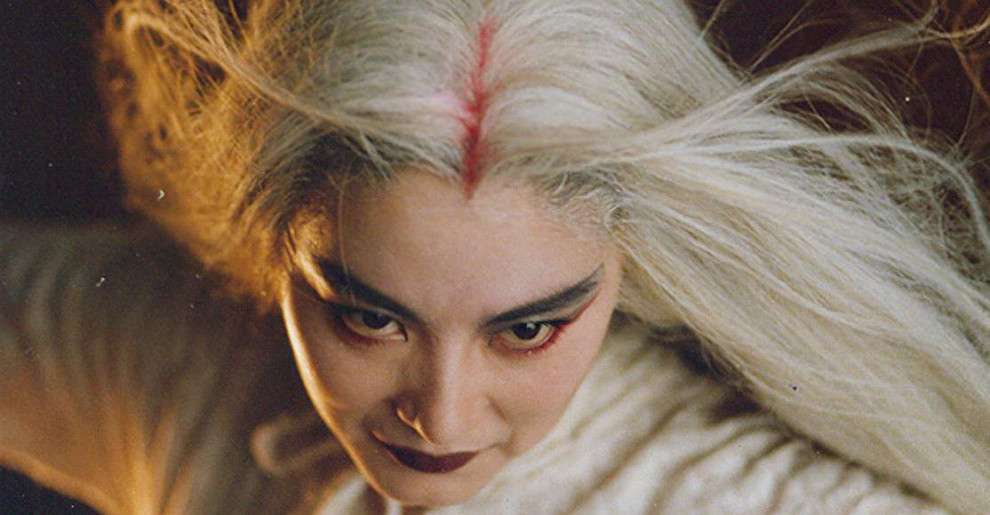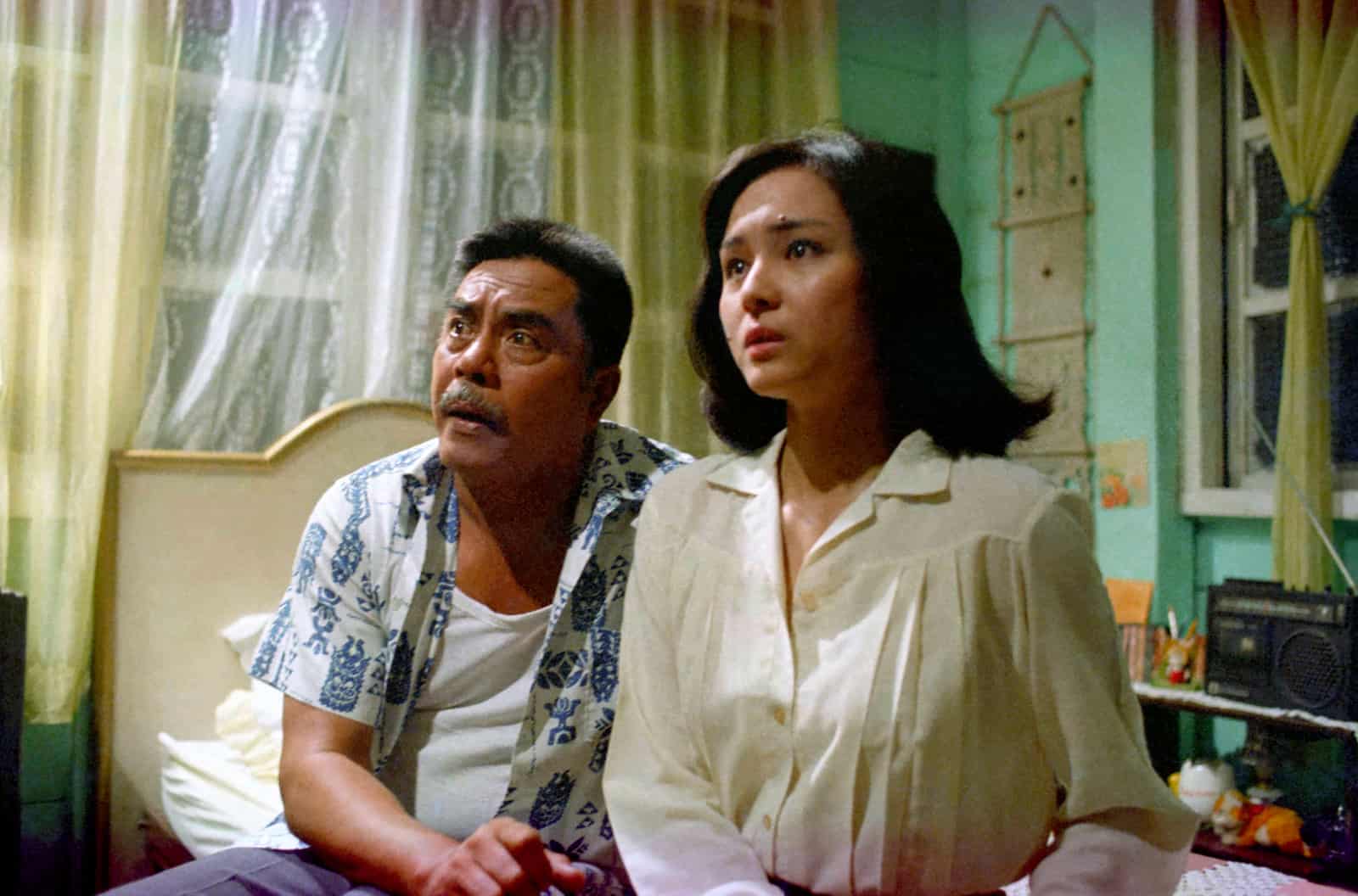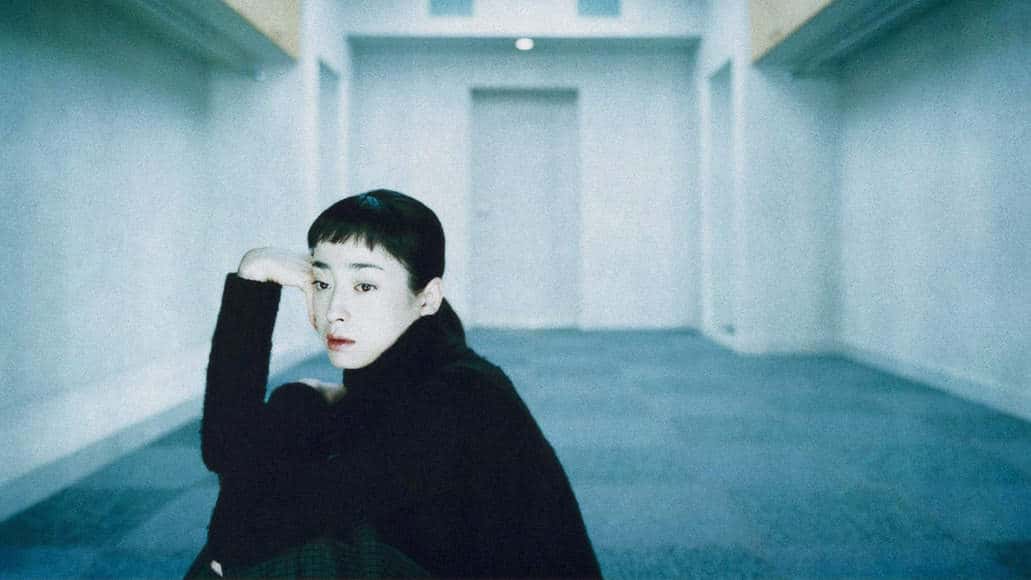There is cult and then there is “The Bride with White Hair”. Ronny Yu took the 1957 wuxia novel “Baifa Monu Zhuan”, added some major elements from “Romeo and Juliet”, much sensualism, and a Siamese Twin as the major villain and ended up with a film that is epic as it is cult.
Buy This Title
The story takes place during the Ming Dynasty, where the leader clan among the eight major ones is the Wu Tang. Cho Yi Hang is the top swordsman of the clan, but also a rebellious young man, who frequently goes against the orders of the court to help the poor and the week against the rich and powerful, in a series of actions that brings him in trouble with the emperor, particularly since the leader of another clan is always keen to bring him to justice, despite the fact that his daughter seems to have feelings for him.
Despite his attitude, however, Cho Yi Hang becomes the leader of an expedition force whose mission is to eradicate an evil cult that has been killing members of the Ming Dynasty all around, headed by Lian Nichang, a girl whose whip makes mincemeat of her enemies every chance she gets. After an intense encounter with the cult, Cho Yi Hang falls in love with the girl, whose situation, though, is quite complicated, being an orphan raised by wolves, before she was adopted by the Siamese leaders of the cult, Chi Wu Shuang, the male half of which lusts for her now. Furthermore, the two youths seems to have shared parts of their childhood, something that eventually plays a major role to their coming together. The girl agrees to leave her cult and follow Cho Yi Hang, something that she accomplishes with great pain, but when he returns to find that his uncle has betrayed the clans, in a series of events that led to the Wu Tang clan getting massacred and his teacher decapitated, all hell breaks loose.
Ronny Yu has managed to incorporate a number of elements that are considered cult nowadays in the narrative, without neglecting, though, the romantic aspect. In that regard, the action is almost constant as it is brutal, the exploitation elements (both violence and titillation) in abundance, the cheesy epicness omnipresent from the first frame (either communicated through fitting music or the majestic battles), and the love and betrayal elements present in the most accurate moments. In the end, however, Yu has managed to combine all of the above quite engagingly, even lessening the trademark illogicality of the wuxia genre, since the majority of the protagonists' actions have at least some reasoning behind them.

Probably the most cult aspect of the film is, well, the cult itself, not only for the great Siamese villain that has Francis Ng in a great double role, but also for a number of rituals that feature African-style music (for some reason) and much exploitation, particularly regarding the treatment of women.
The action scenes manage to be quite impressive in their fitting messiness, with the last being one of the memorable ever witnessed in a wuxia film, as the wire-fu and the brutality elements find their apogee here, along with the transformation that gives the film its title.
Peter Pau and Lee Tak-shing's cinematography captures all the aforementioned elements with, again, a fitting messiness, while specific color hues seem to dominate certain locations and timeframes. The relatively restrained sensualism of the movie also owes a lot to the cinematography, while the two men in charge of the aspect have managed to portray a number of different settings in very engagingly fashion. David Wu's editing induces the film with the regular, frantic pace of the wuxia, with his work finding its apogee in the action scenes.

All the actors perform their roles with an excessive theatricality that also fits the overall aesthetics. Leslie Cheung is impressive as the cocky playboy who loses the earth under his feet, while Brigitte Lin truly shines in exhibiting a combination of fierceness and vulnerability. The chemistry of the two is impressive, with the cinematographers also focusing on presenting their undoubted beauty, in another aspect that benefits the visuals of the film. Francis Ng, however, is the one who steals the show in the double role of the female and the male part of the Siamese twin, as he emits villainy from every pore, through an impressively hyperbolic performance.
“The Bride with White Hair” is one of the classics of the wuxia genre, and a film that both fans of the category and of cult/exploitation films will enjoy immensely.
















